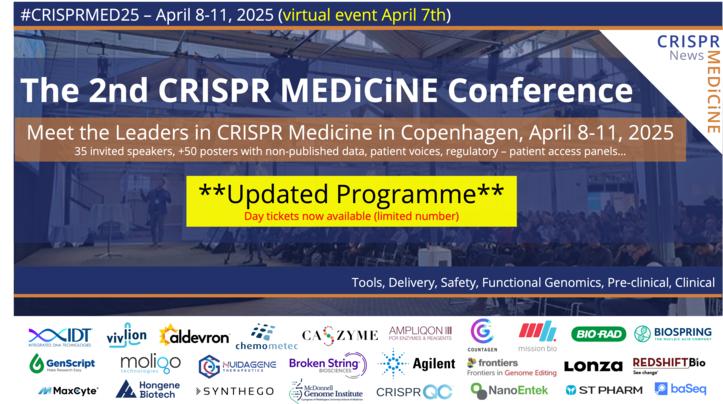An Emory University study published in Aging shows brain lesions, known as white matter hyperintensities (WMH), are associated with premature brain aging.
Emory University School of Medicine professor of neurology Leonardo Bonilha, MD, PhD, and research specialist Rebecca Roth joined researchers from the University of South Carolina (USC) and the Medical University of South Carolina to test the hypothesis that WMH are independently associated with premature brain age in an original aging cohort.
Brain age, a strong marker of cognitive abilities, is an MRI-derived estimate of brain tissue loss that has a similar pattern to aging-related atrophy. WMHs are neuroimaging markers of small vessel disease detected by MRI and may represent subtle signs of brain compromise.
“Our findings support previous research suggesting there is a relationship between chronological age and the volume of white matter hyperintensities and chronological age and estimated brain age,” says Bonilha, a neurologist at the Emory Brain Health Center.




